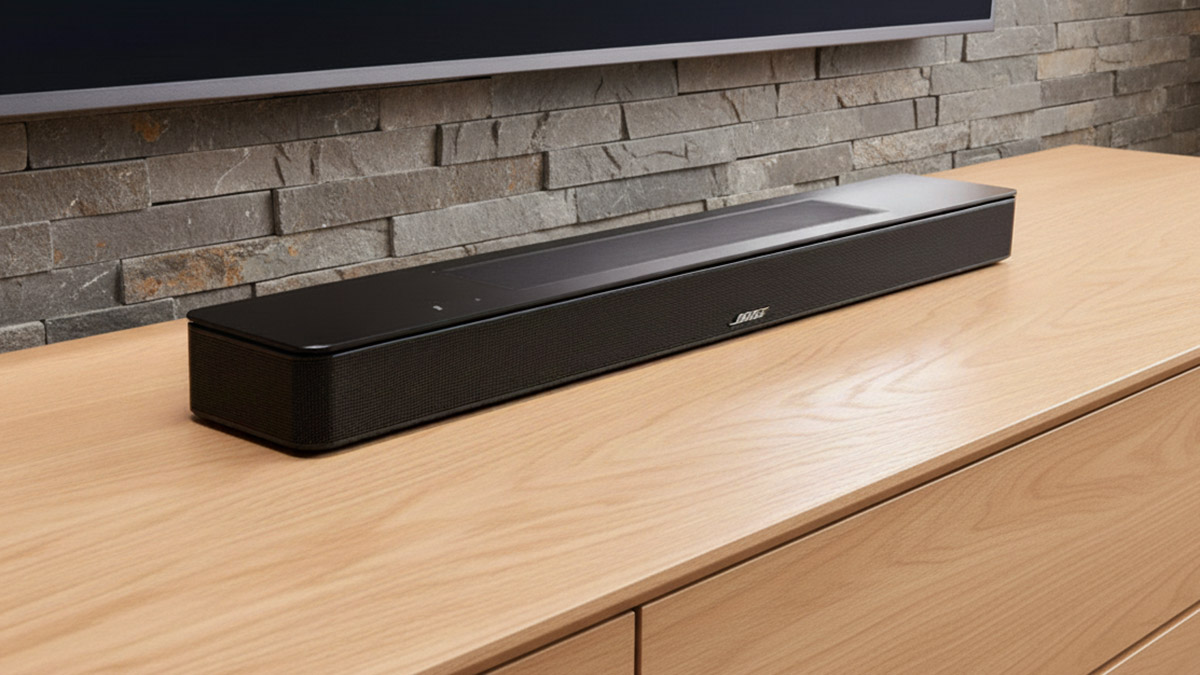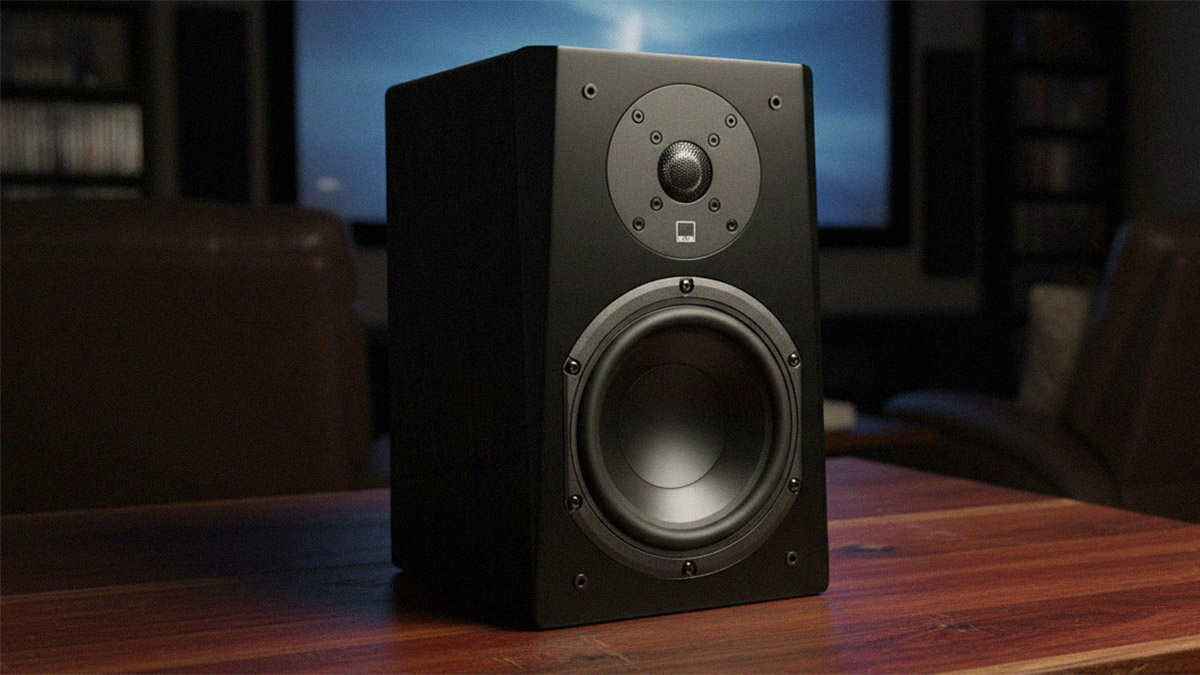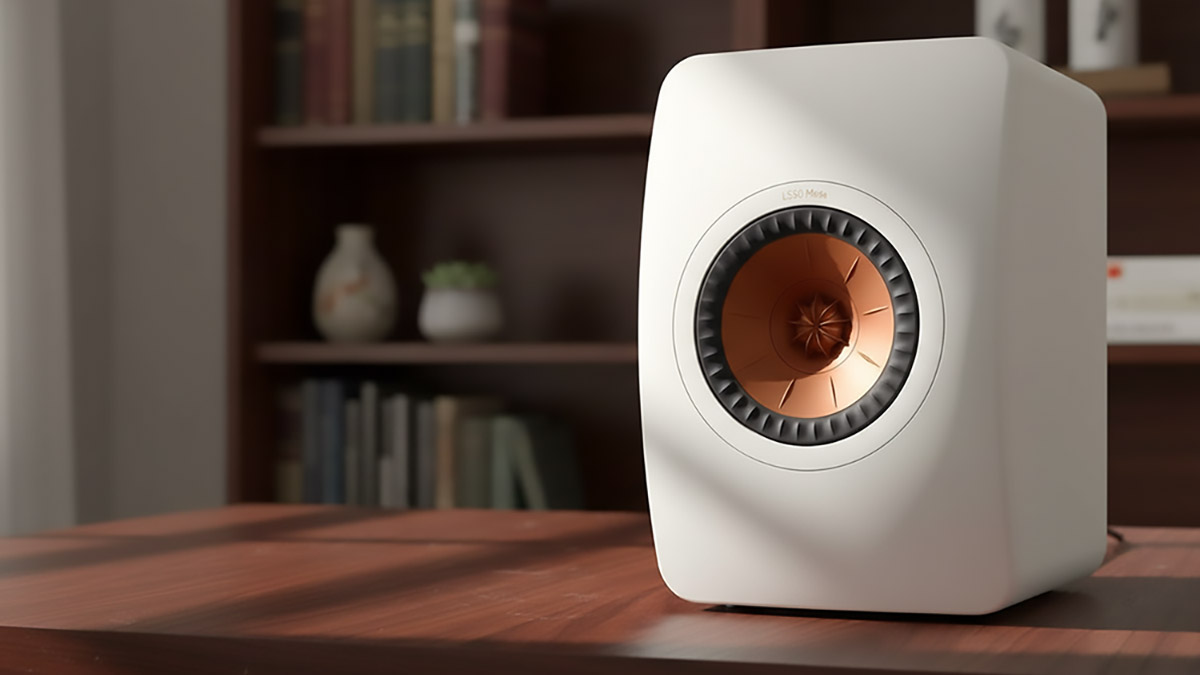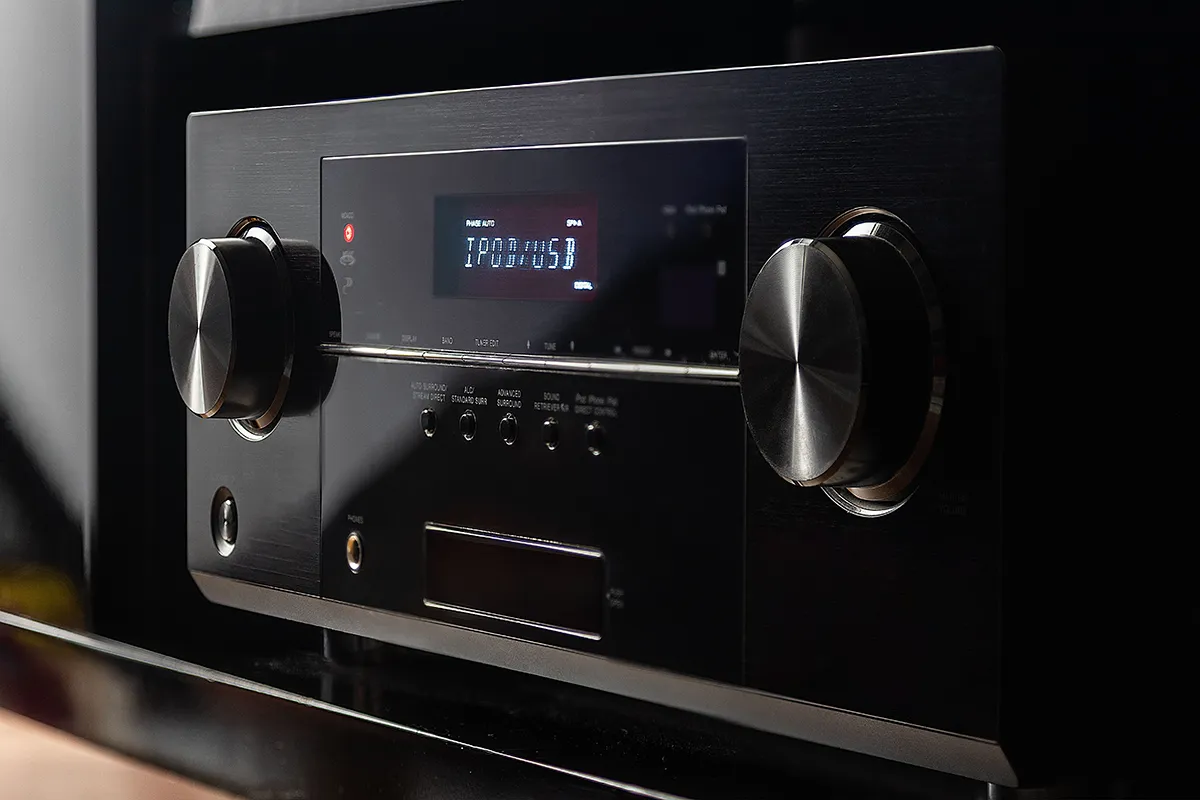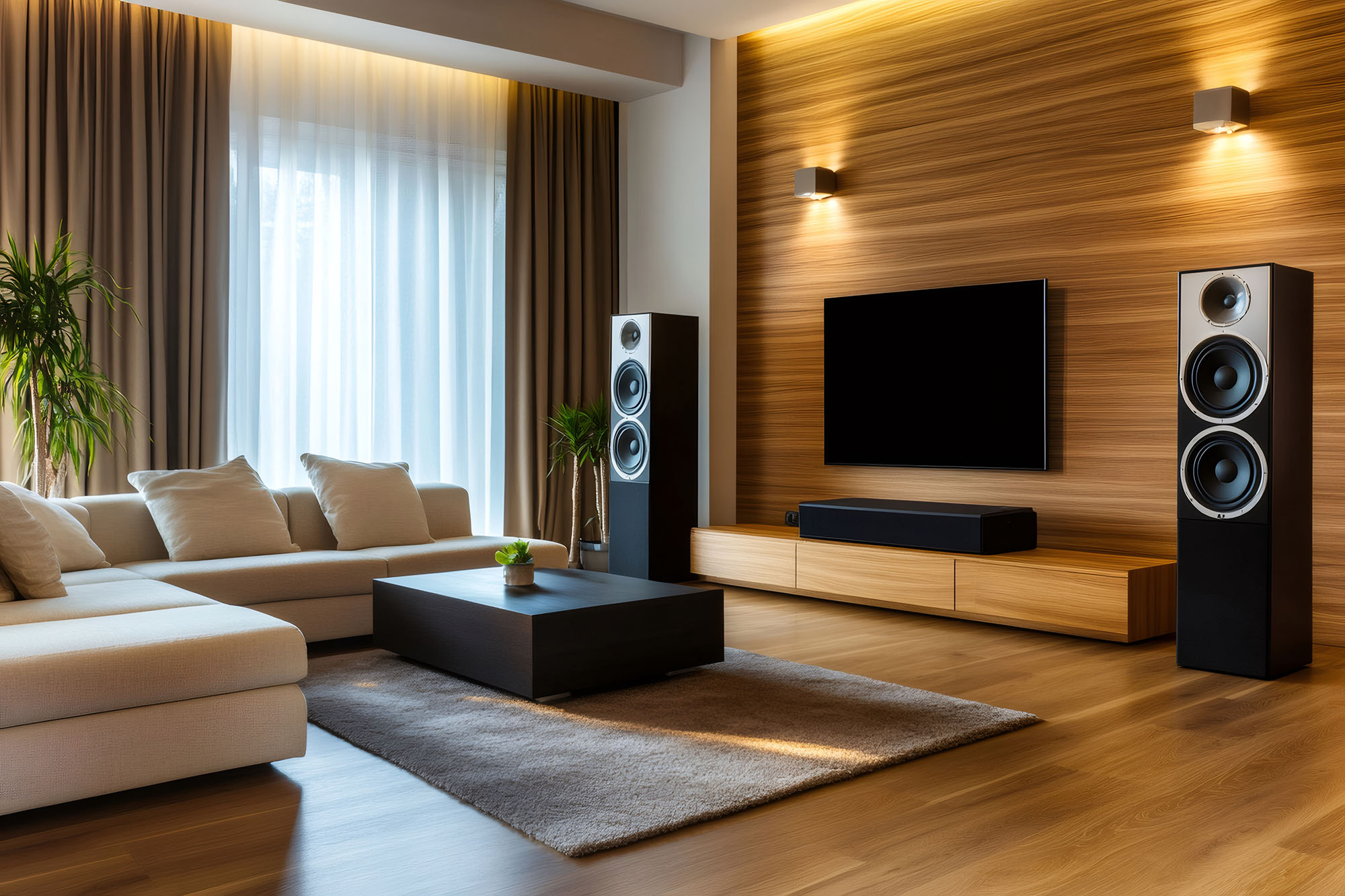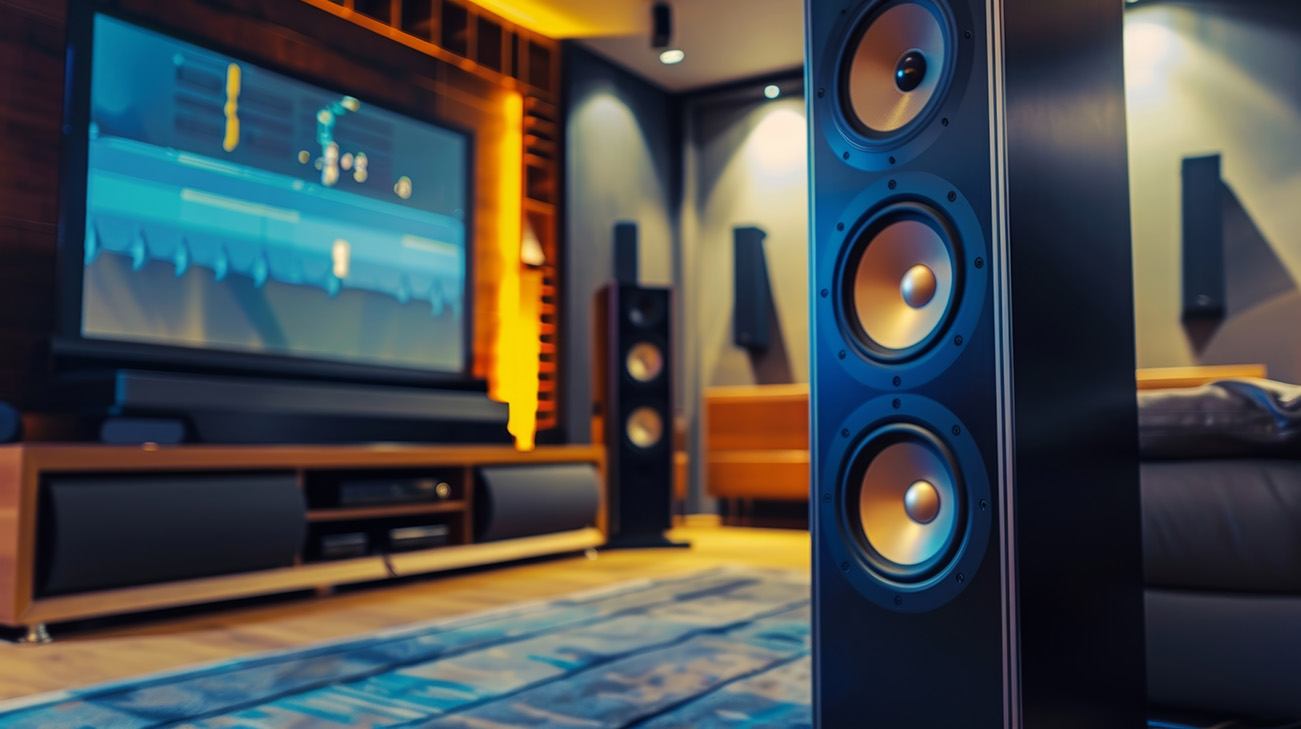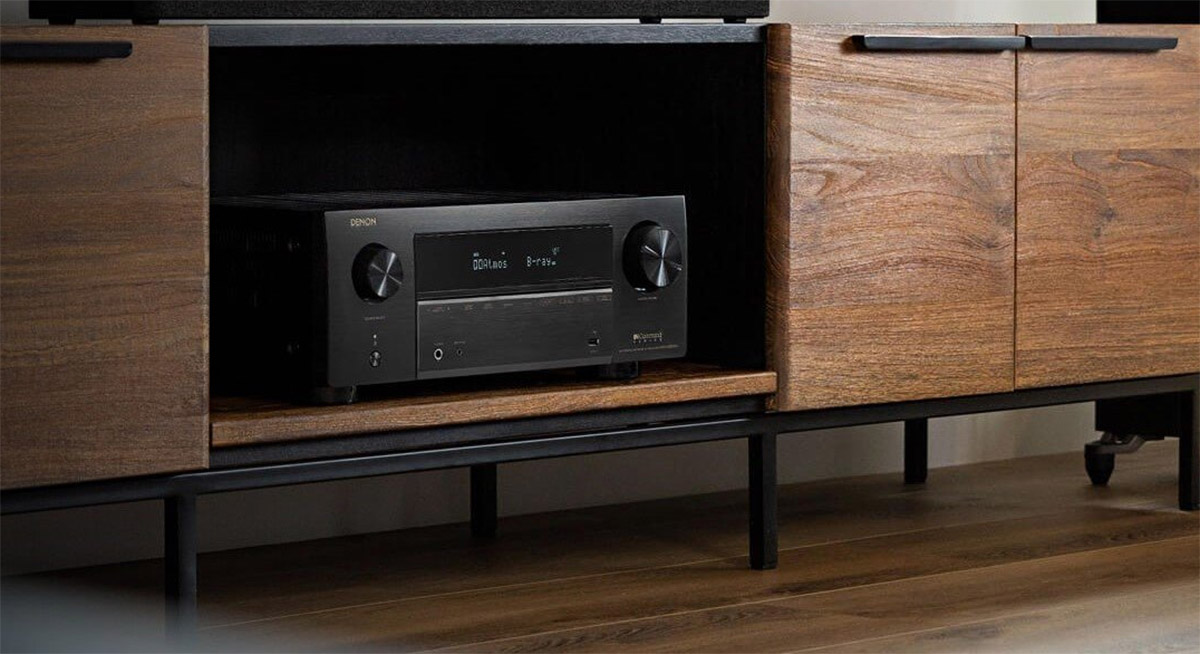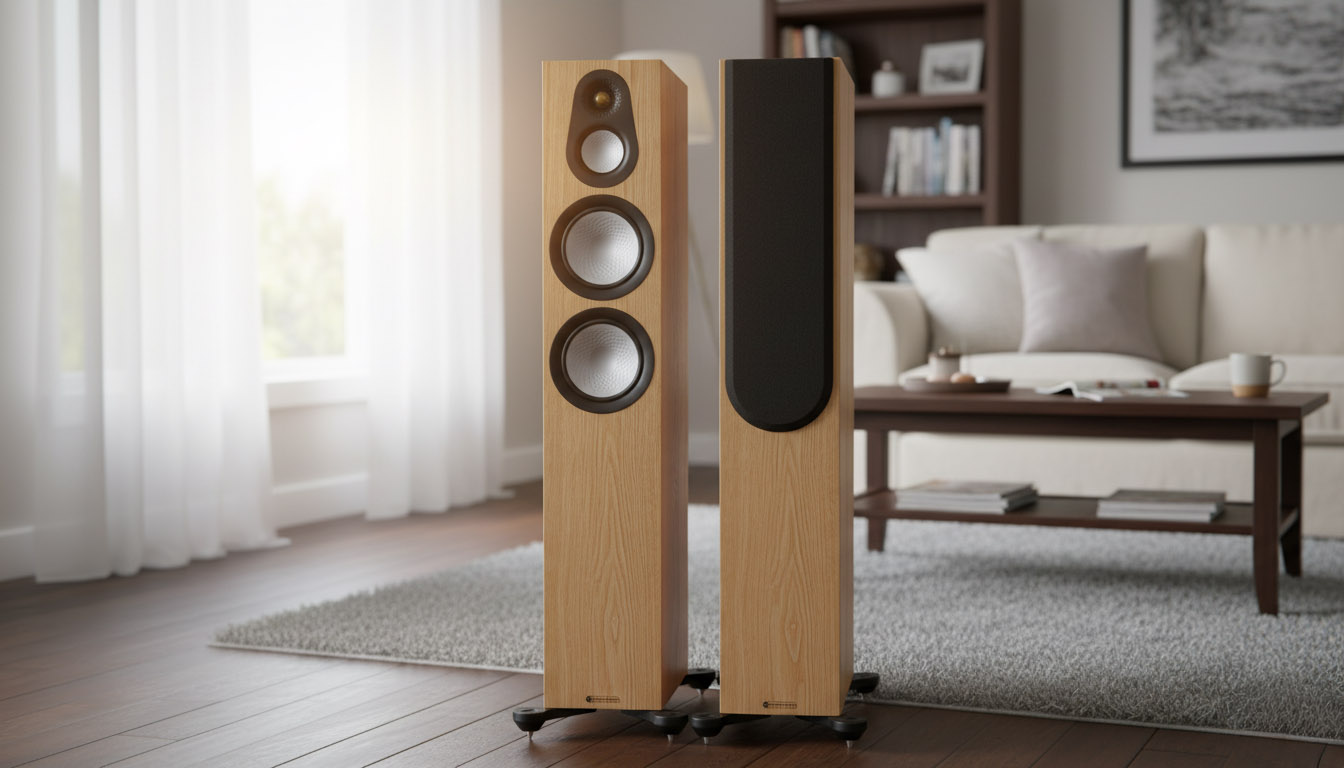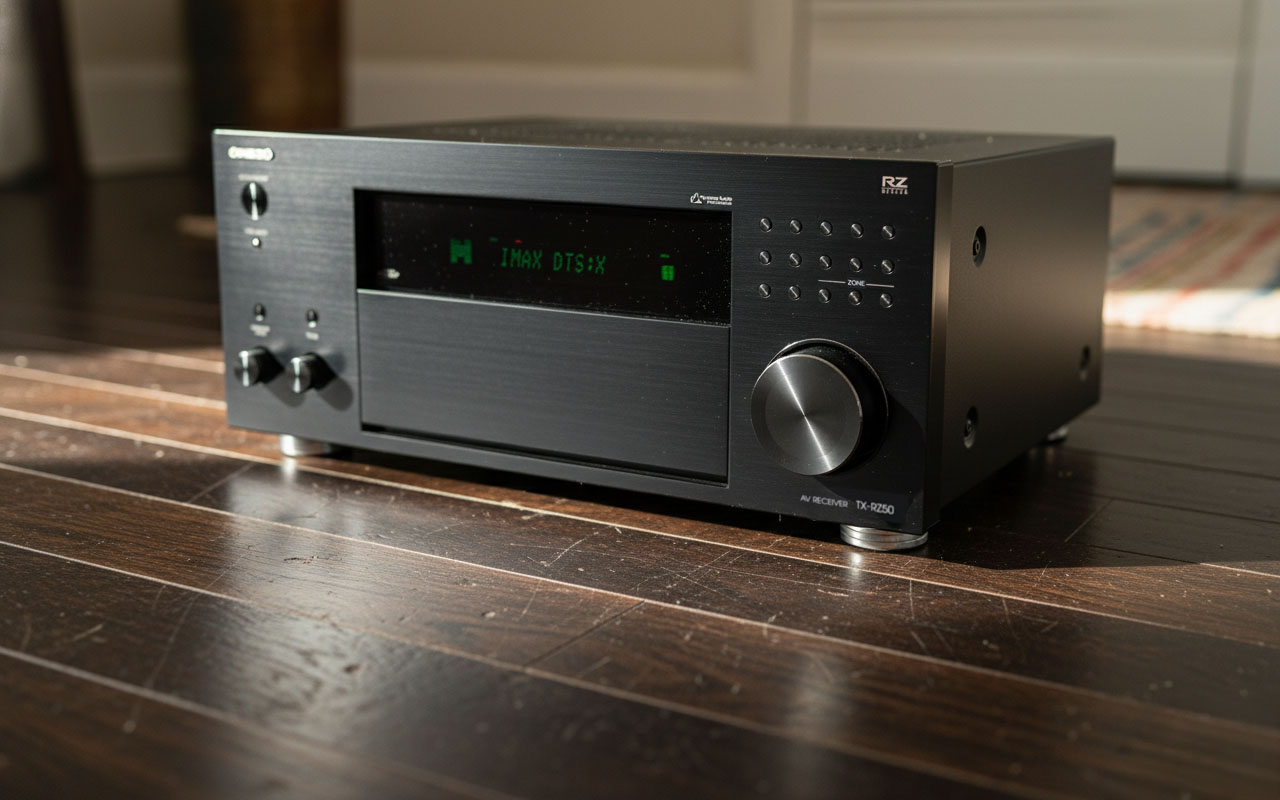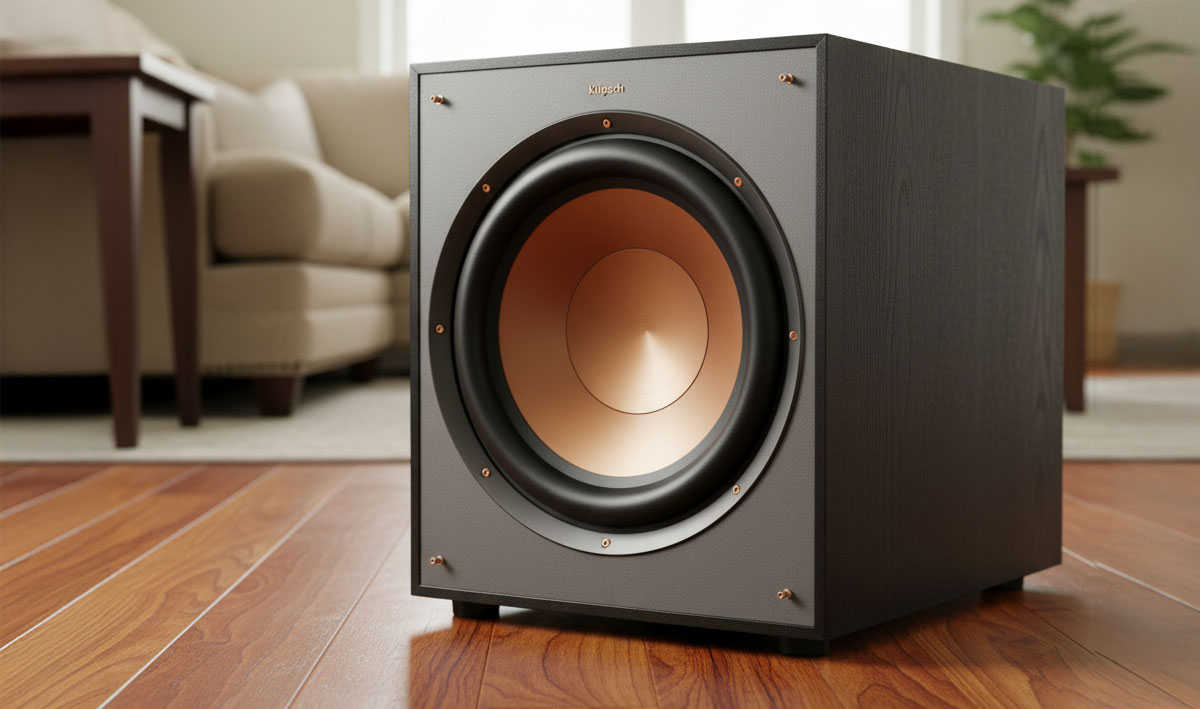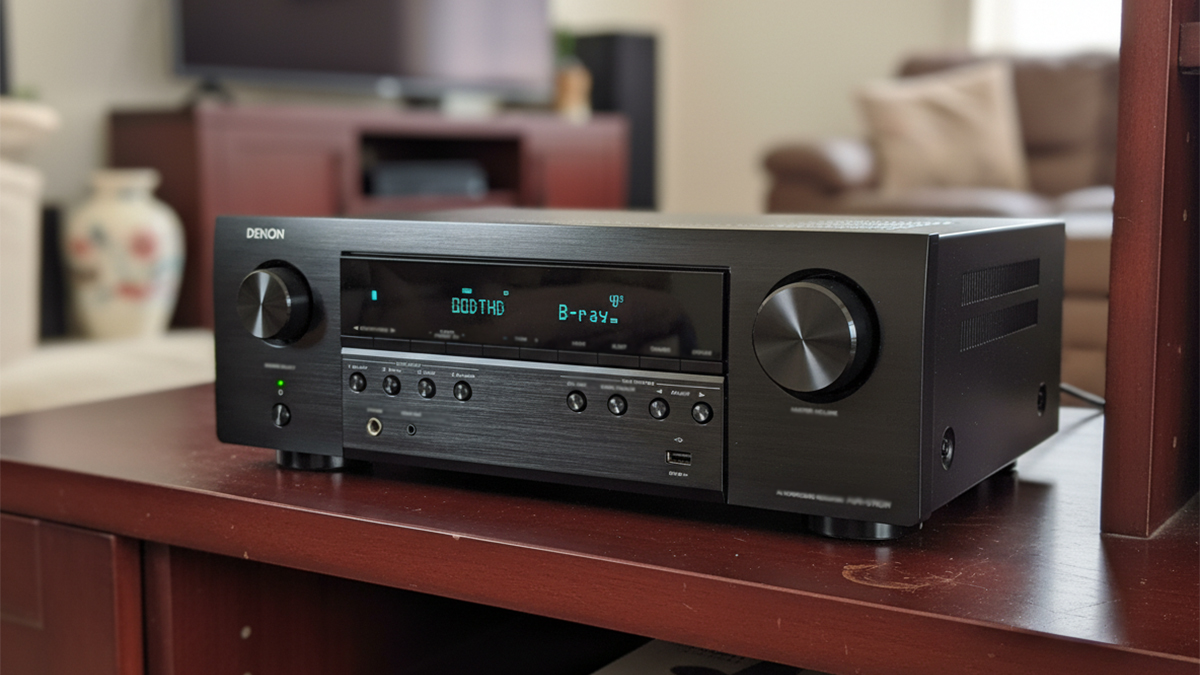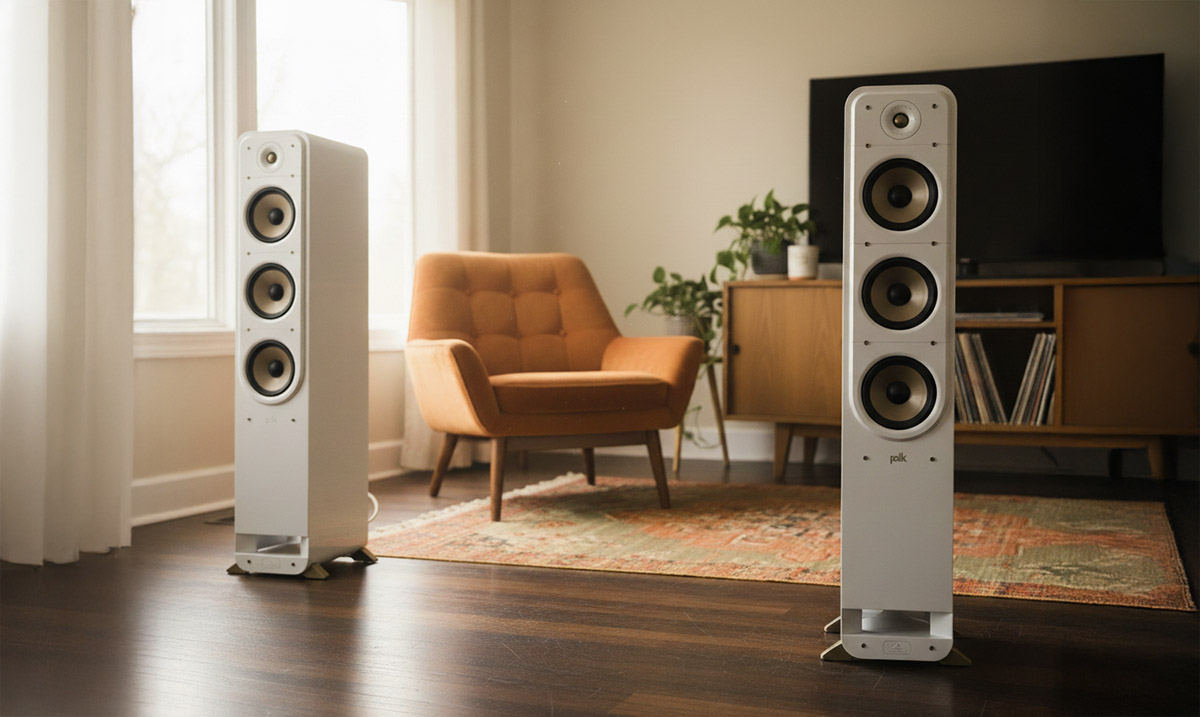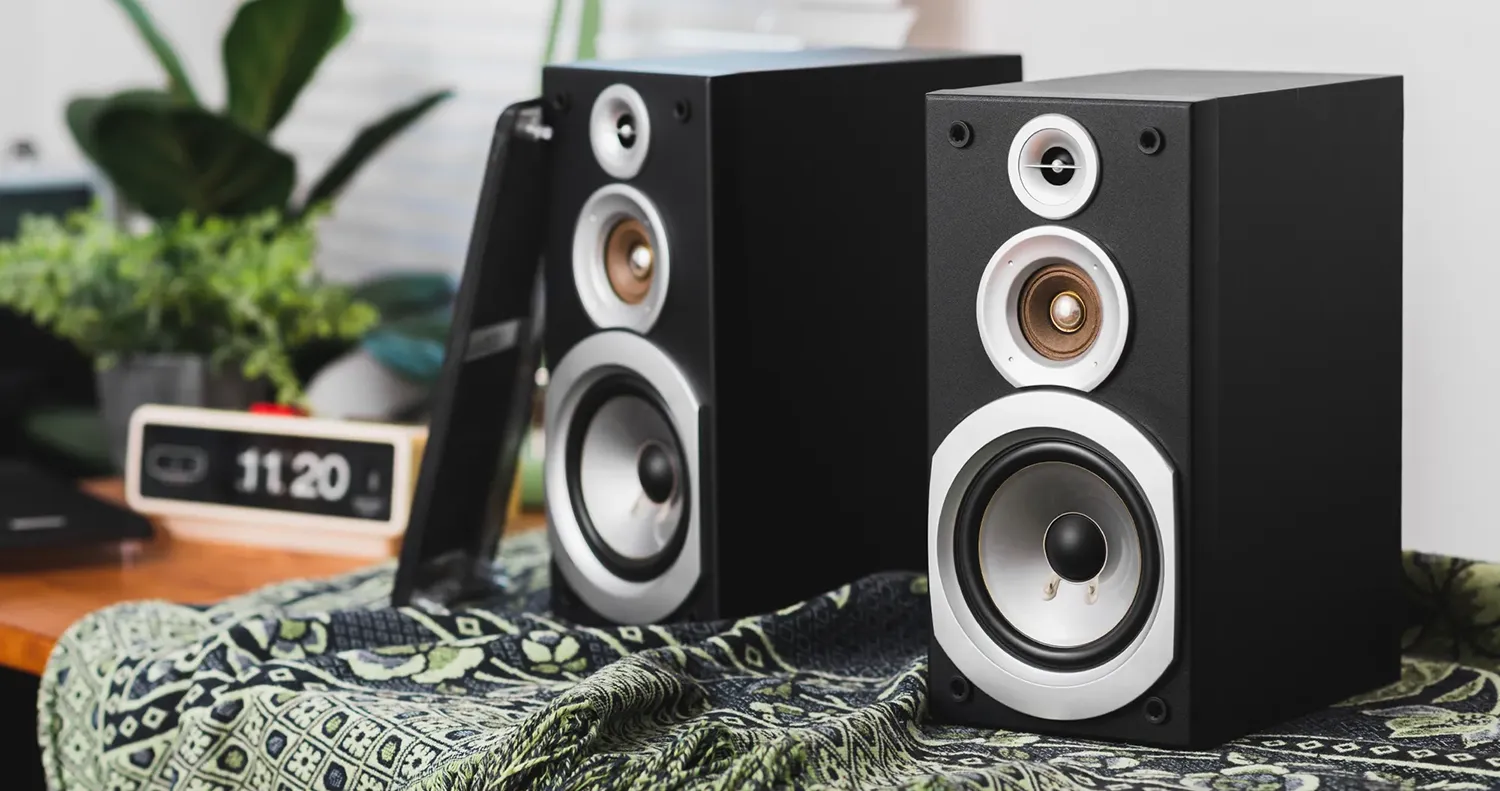You want better sound without turning your living room into a tangle of wires. A soundbar promises a clean look, quick setup, and a big improvement over TV speakers. A traditional system counters with separate speakers, an AV receiver, real bass management, and more room to grow. Which one makes sense for you, and can a soundbar truly stand in for a full rig. Let’s walk through the strengths, the tradeoffs, and the smart buys that give you the most for your space and budget.
What a soundbar does well?
Simplicity is the headline. One bar under the TV, one HDMI cable, and you are hearing clearer dialogue and a wider stage than any built in TV speaker can pull off. Modern bars add streaming, voice control, and room tuning, so daily use feels friendly. You also win on placement. Many rooms cannot fit rear speakers or towers, and a tidy bar keeps peace with furniture, kids, and pets.
Connections are straightforward. With a recent TV you will likely use HDMI ARC or the newer eARC. ARC carries audio from the TV to the bar and lets your TV remote control volume. eARC adds much more bandwidth for lossless formats from discs and high bitrate files. In plain language, ARC is fine for streaming Atmos, while eARC is the path for lossless disc Atmos when audio returns from the TV to the bar. Optical still works on older sets and is reliable, though it does not carry Atmos or lossless audio. Bluetooth is great for phone music, not ideal for TV because of delay.
Where a full system still leads
Separate speakers place sound in the room from distinct locations. That physical spacing creates stable imaging, wider dynamics, and better coverage for more than one seat. Immersive formats like Dolby Atmos were designed with dedicated height speakers in mind, either in ceiling or as up firing modules that sit near your front stage. Bars simulate height using angled drivers and clever processing, and some add wireless surrounds, yet the strongest sense of wraparound still comes from real speakers placed where the format expects them.
Power and flexibility are the other advantages. A decent AV receiver and well chosen speakers handle larger rooms and longer viewing distances without strain. Bass management is more precise, especially with dual subwoofers. Upgrades are modular. You can add a better sub later, swap the center for stronger dialogue, or step from five channels to seven plus four heights when you have time and budget. A bar is closer to an appliance. You can expand with its matching surrounds or a branded sub, but you are living inside that ecosystem.
RELATED: Do Soundbars Work with Any TV
What the best soundbars can do today
The gap has narrowed for many homes. Premium bars can sound convincing at normal listening levels and make setup painless.
Samsung HW Q990D
brings a full package in the box. You get the main bar, wireless surrounds, and a sub. The system supports Atmos, offers room tuning, and plays nicely with many Samsung TVs for simple control. It fills mid to large rooms surprisingly well when the rears are placed with care.
Sony HT A7000
takes a modular approach. Run the bar alone for a clean living room, then add the optional wireless rears and a matching sub when you want more scale. The bar supports eARC for a simple one cable link to the TV, and its processing does a good job with overhead cues when paired with the rear speakers.
Sonos Arc
remains a favorite for clean installs. Use HDMI ARC or eARC, add a Sonos Sub and Era rears if you want to expand, and control the whole system from a single app. It is especially friendly if you already use Sonos speakers in other rooms.
These bars cannot bend physics, yet in small and medium rooms with one row of seating they deliver strong clarity, a wide stage, and convincing effects with almost no friction.
How to choose for your room
Start with the map of your space. Small living rooms and apartments with a single couch are perfect for a soundbar. You will hear a large jump in clarity and presence without adding visual clutter. A bar that supports wireless rears and a capable sub will feel close to a compact separates system at everyday levels.
Move to a medium room with a family sofa and mixed use. A bar plus rears and a sub is still a smart choice. You gain envelopment, easy control, and quick setup that will not hold weekend movie night hostage to a pile of cardboard boxes.
Large rooms, two rows, and long viewing distances flip the answer. A receiver and separate speakers offer more headroom, clearer dialogue at far seats, and true height coverage across a wider area. If you want seven ear level speakers and four heights, or if you plan to run dual subwoofers for even bass across a couch, a full system remains the better tool.
Think about sources next. Streaming apps on your TV can deliver Atmos in a compressed format that works well over ARC. Blu ray discs and high bitrate local files use lossless tracks that need eARC if the audio returns through the TV to your bar. Console gamers who care about 4K at 120 hertz should feed video straight to the TV, then return audio to the bar through ARC or eARC. That keeps video features and keeps audio in sync.
Model suggestions by room and use
Small rooms and clean setups
Sonos Beam Gen 2 and Bose Smart Soundbar 600 both support Atmos from TV apps when the TV can deliver it. Yamaha SR C30A is a compact stereo option that focuses on simple setup and clear dialogue. Pair any of these with a modest eight or ten inch sub if you want more low end.
Mid rooms with step up sound
Samsung HW Q800D and Sony HT A5000 are sweet spots. Each supports wireless rears, adds room tuning, and uses HDMI ARC for easy volume control from the TV remote. Polk Signa S4 is a budget friendly option that still supports Atmos over ARC for TV apps.
Large rooms and open spaces
Samsung HW Q990D gives you a full surround package out of the box. Sony HT A7000 with the wireless rears and a strong sub will also fill a big space while keeping the single cable link to the TV. If you own a compatible TV from the same brand, you may get tighter control and a few extra tricks.
|
$971.99
|
$229.99
|
$469.00
|
What to expect when a soundbar replaces a full system
Dialogue clarity will jump compared with TV speakers. Effects will extend past the screen, and with rears in place you will hear wraparound cues that pull you into a scene. Bass will improve, though the quality of the included sub varies by price and brand. Height effects are audible on good bars, especially with content mixed to showcase them, but they will not be as precise as dedicated in ceiling speakers.
On the other hand, a well set up bar will outperform a poorly placed bundle of tiny satellites driven by a bargain receiver. Real rooms reward gear that is placed sensibly and calibrated, even if the spec sheet looks smaller.
Tips that make either path sound better
Use HDMI ARC or eARC and enable the TV’s CEC control so one remote handles power and volume. Set the TV audio output to passthrough or auto for bitstream formats, then try PCM for stereo content if voices sound thin. Update firmware on both TV and bar before you test anything.
Place the sub with intention. Start near the front wall midpoint and move it a foot at a time while you play familiar tracks. Stop where bass lines sound even rather than boomy. If your bar supports dual subs or separate rear speakers, use them. Two subs smooth bass across a couch more than one, and real rears beat virtual surround in almost every room.
If you build a separates system, keep ear level speakers at or near seated ear height, form a rough equilateral triangle with your main seat, and toe the fronts slightly toward a point just behind your head. Run the receiver’s calibration carefully, save a preset with processing on and one in a minimal mode, then pick the one that keeps voices natural and bass even at your normal volume.
Where the limits show
A bar cannot match the precise imaging and scale of a carefully placed seven plus four arrangement powered by a capable receiver. It will also fall short on raw dynamic headroom for reference level nights in a big room. If you are chasing a cinema like experience with multiple rows, go with separates. If you want strong, clear, and simple sound for a living room, a premium bar with rears is a very practical solution.
The bottom line
Yes, a soundbar can replace a full system for many homes, especially small to medium rooms with one row of seats and streaming as the main source. Choose a bar with real surrounds, a competent sub, and eARC if you want the widest format support. Run the room tuning, place the sub with care, and turn on CEC so one remote runs the show. If your room is large, your seating is distant, or your goal is reference level playback, a receiver with separate speakers still wins. Match the gear to your space and habits, spend your money on the parts you will hear, and you will end up with sound that feels natural, engaging, and easy to live with every day.
Teksignal.com participates in the Amazon Services LLC Associates Program, an affiliate advertising program designed to provide a means for sites to earn advertising fees by advertising and linking to Amazon.com

